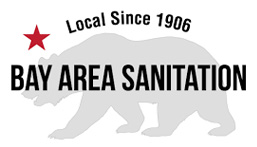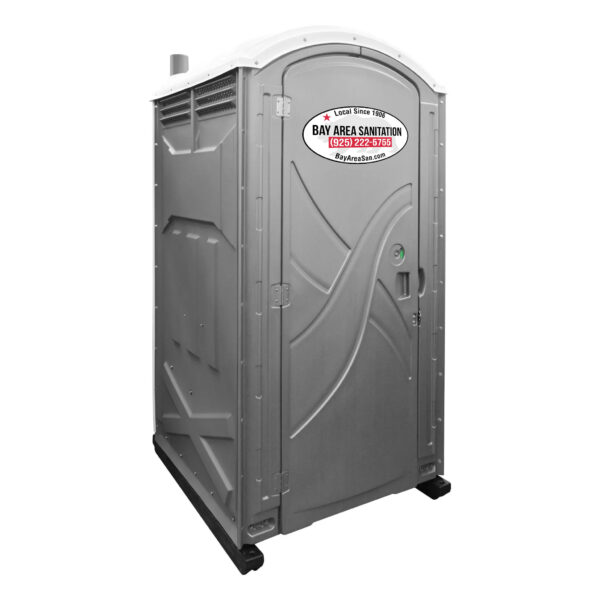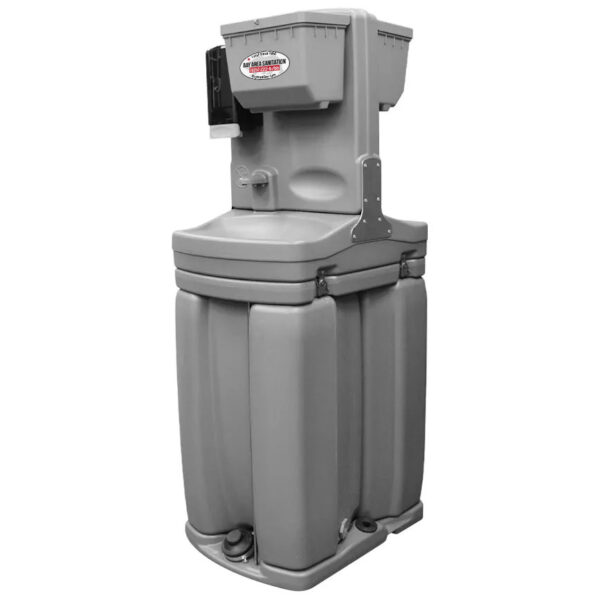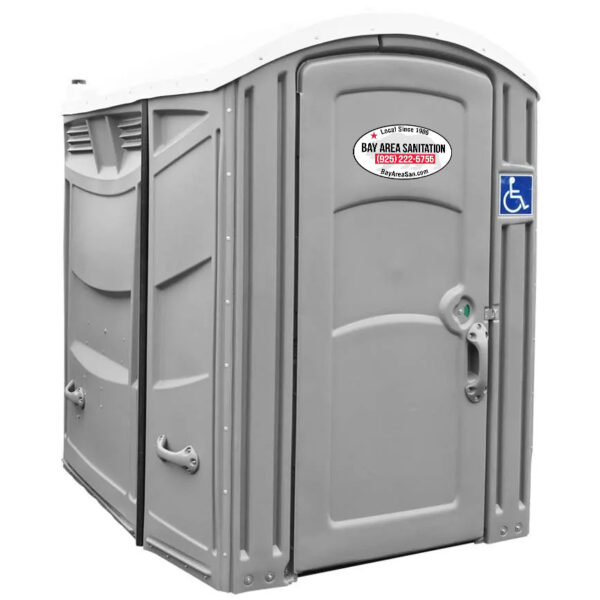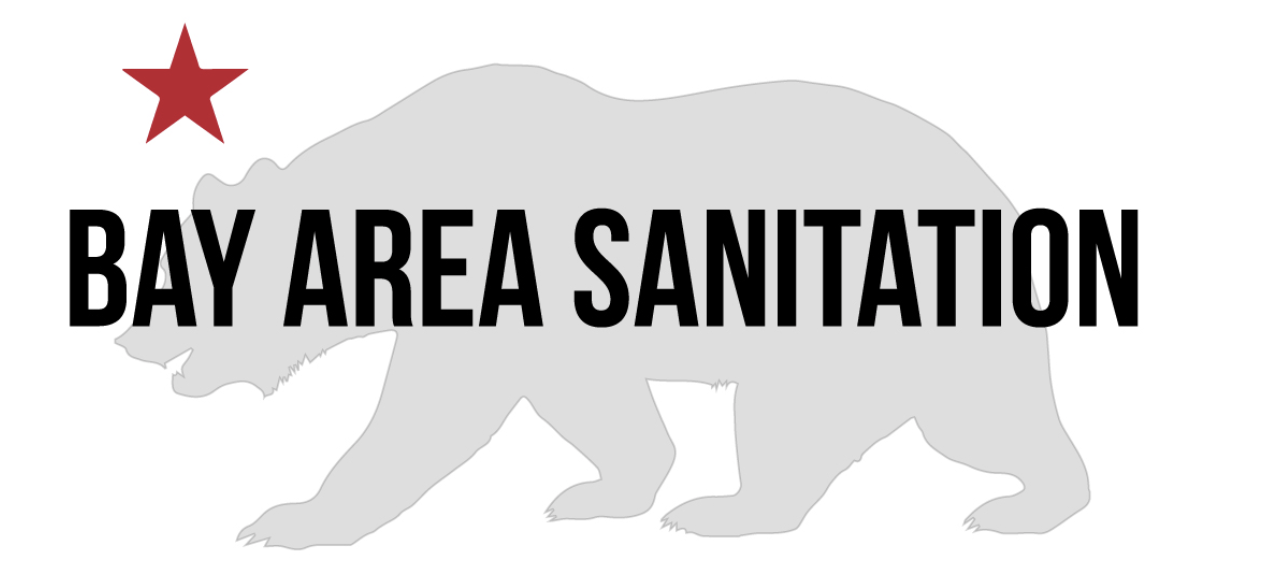Porta Potty Rentals Newark, CA
Why Bay Area Sanitation?
Response Time – We invest in our staff and our fleet so we are able to deliver quickly when you need it most.
Fair, Transparent Pricing – Our quotes include all charges upfront. There are no hidden fees or surcharges added to any product.
Exceptional Customer Service – Customer service is always our top priority. We do our best to get it right every time.
portable toilet rentals in newark, ca
Newark porta potty rentals have become an indispensable part of outdoor events, construction sites, and various other situations where traditional restroom facilities are unavailable or inadequate. Renting a unit involves several considerations to ensure that the event or project runs smoothly and sanitation needs are met effectively. This essay outlines a step-by-step guide to renting a portable toilet, covering important factors such as determining requirements, selecting the right type, understanding rental agreements, and ensuring proper placement and maintenance.
Sanitation needs are often overlooked during the planning process, and we will help to ensure that nothing is forgotten.
Step 1: Assess Your Needs
Before renting a porta potty in Newark, it’s essential to assess your requirements based on factors such as the number of attendees, duration of the event or project, and regulations or guidelines concerning sanitation standards. A thorough understanding of these aspects will help determine the appropriate quantity and type needed.
Step 2: Choose the Right Type of Newark Porta Potty Rental
Portable toilets come in various types, each designed for specific purposes and user preferences. Standard units are suitable for general use, while options like deluxe units with sinks and flushing capabilities provide added comfort and convenience. Consider factors such as accessibility, amenities required, and budget constraints when choosing the type for your needs.
Step 3: Research Rental Companies
Research and compare rental companies in your area to find one that offers quality porta john rentals, reliable service, and competitive pricing. Read customer reviews, check references, and inquire about additional services such as delivery, setup, cleaning, and maintenance. It’s crucial to work with a reputable rental company to ensure a seamless rental experience.
Step 4: Request a Quote and Review the Agreement
Contact your chosen rental company to request a quote based on your specific requirements. Review the rental agreement carefully, paying attention to details such as rental duration, pricing, delivery and pickup schedules, payment terms, and any additional fees or charges. Clarify any uncertainties and ensure that all terms are clearly understood before proceeding with the rental.
Step 5: Arrange Delivery and Placement
Coordinate with the rental company to schedule the delivery of porta potty rentals to your desired location. Provide detailed instructions regarding placement, ensuring that the units are placed in accessible and convenient locations while adhering to regulations and guidelines. Consider factors such as foot traffic, proximity to the main event or work area, and accessibility for maintenance purposes.
Step 6: Ensure Proper Maintenance
Maintaining clean and hygienic units throughout the rental period is essential for the comfort and satisfaction of users. Follow the our guidelines for usage and maintenance, including regular cleaning schedules and procedures. Provide adequate supplies such as toilet paper, hand sanitizer, and trash receptacles to promote cleanliness and hygiene.
Step 7: Schedule Pickup and Return
Coordinate with the Bay Area Sanitation to schedule the pickup of your porta potty rental upon the completion of your event or project. Ensure that the units are emptied, cleaned, and in good condition for pickup. Complete any necessary paperwork and settle any outstanding payments to finalize the rental agreement.
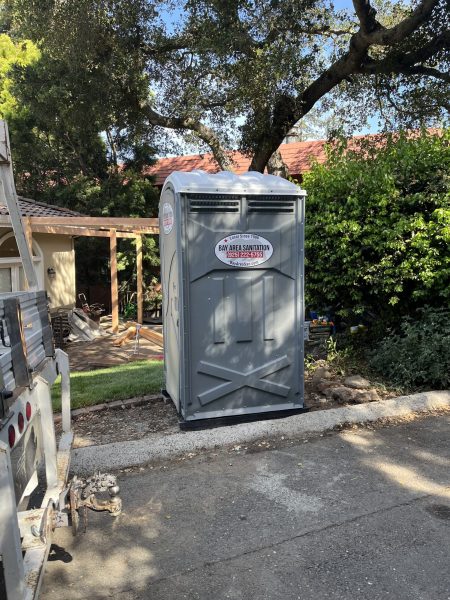
Why rent a porta potty in newark?
Renting a porta potty in Newark requires careful consideration of various factors to ensure that sanitation needs are effectively met and the comfort of users is prioritized. By following this comprehensive guide, you can navigate the rental process with confidence, selecting the right type of, working with a reputable rental company, and ensuring proper maintenance and placement throughout the rental period. With careful planning and coordination, renting can contribute to the success and smooth operation of outdoor events, construction projects, and other activities where access to traditional restroom facilities is limited.
